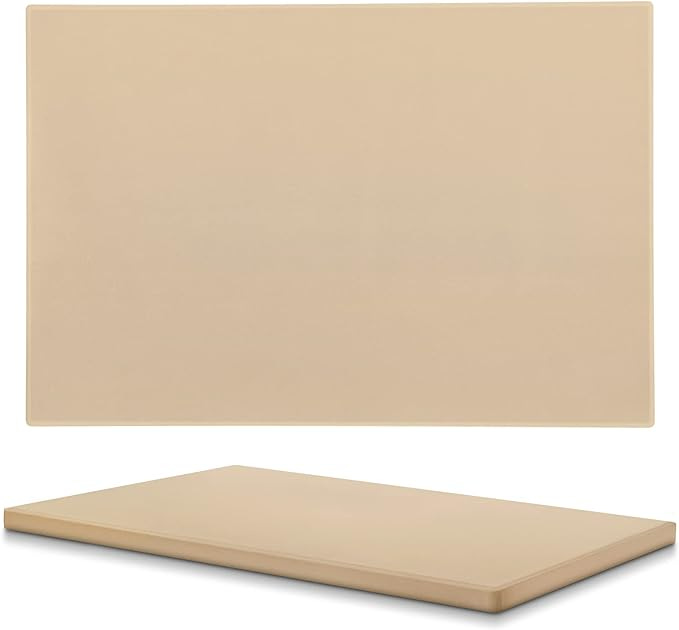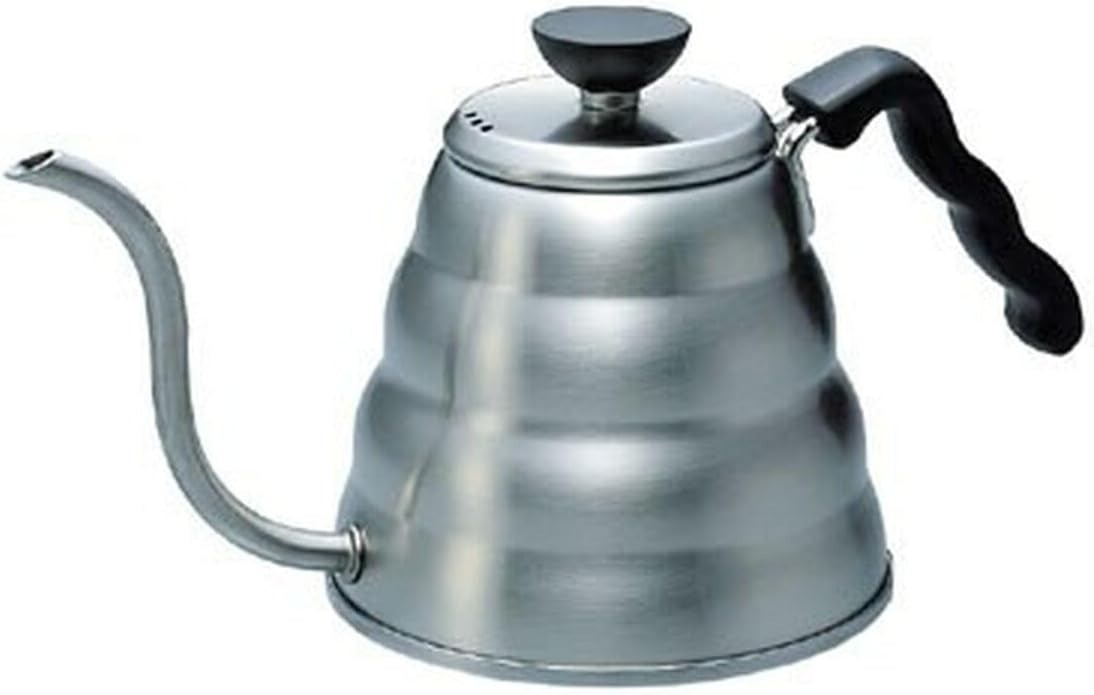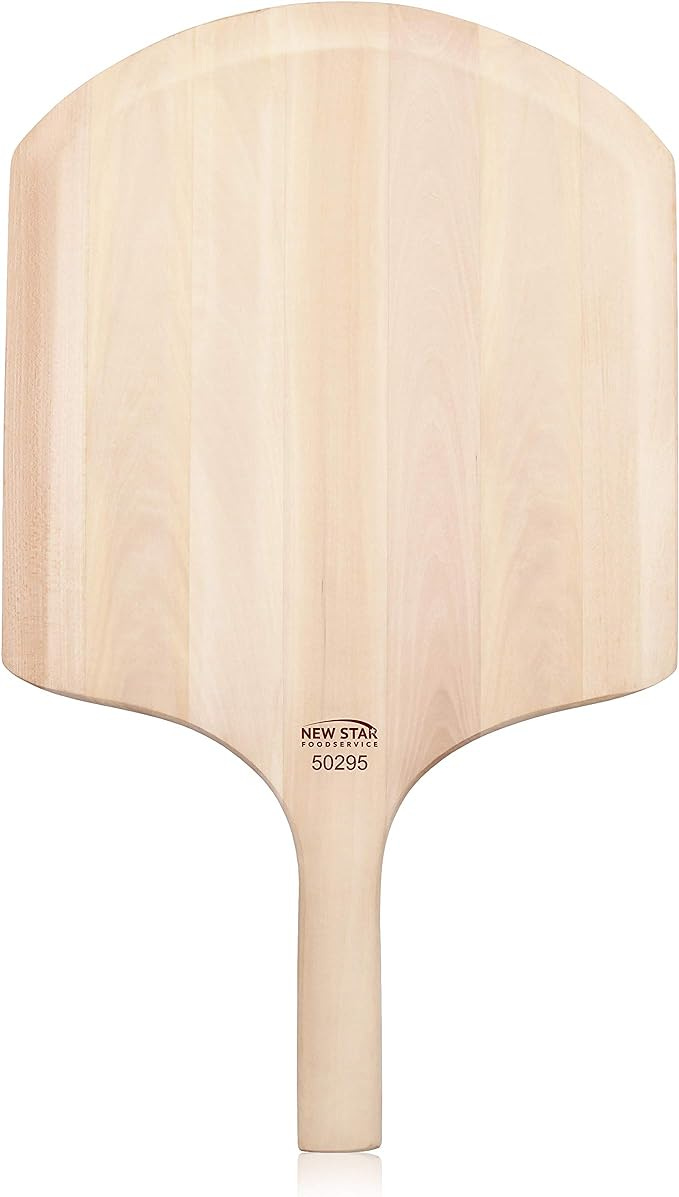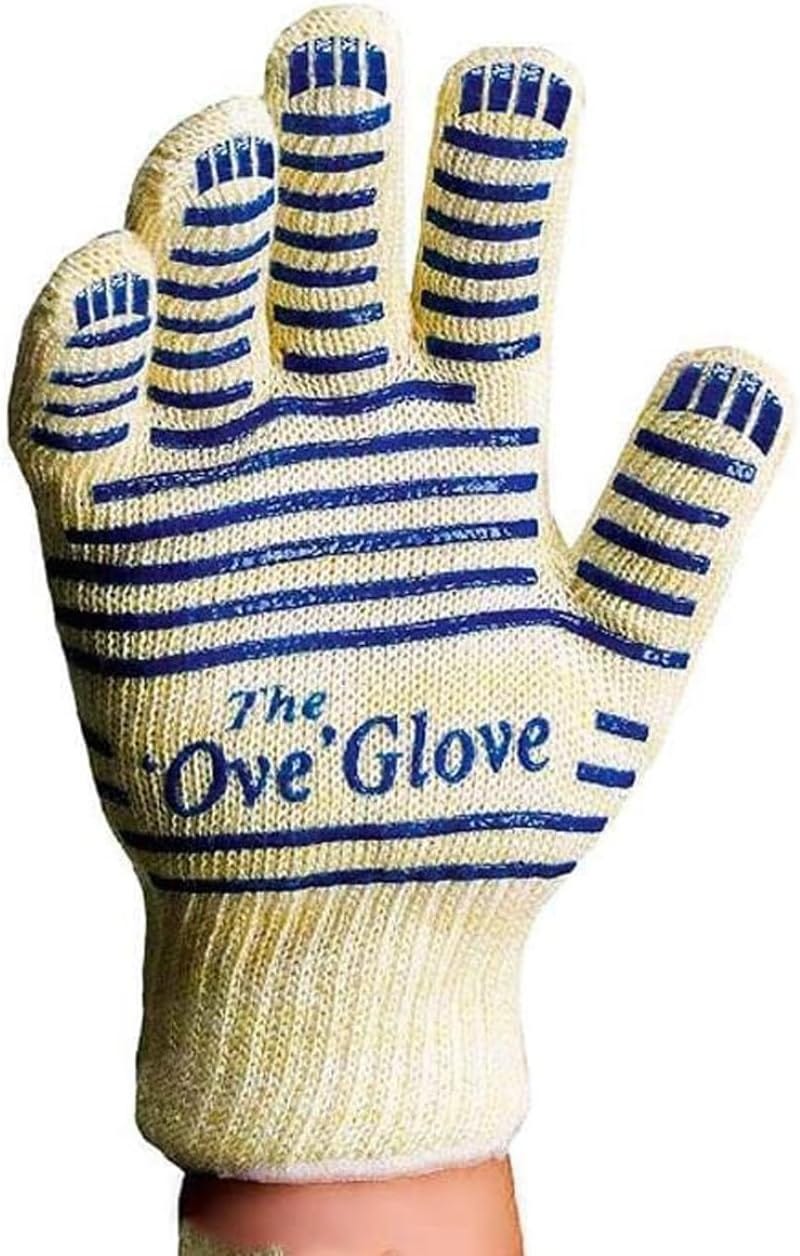Baking Bread in a Gas Oven, Uncovered
A new versatile, low-cost approach that won't blow up your home.
"All happy families are alike; each unhappy family is unhappy in its own way."
— Leo Tolstoy, Anna Karenina
“Every home oven is profoundly shitty in its own way.”
— Ryan Irvine, Existential Bread
If you want to bake good bread, you’ll need to produce and trap steam. Steam allows our bread to expand fully and dictates the final texture and appearance of the crust.
You’ll also need three types of heat: conductive, convective, and infrared. Conductive heat is upward heat the bread receives from whatever surface it’s touching. Convective heat is airborne heat that is moving across your bread, supplied by steam in our use case. Infrared heat is the heat that emanates from other surfaces in your oven.
Bread bakeries typically bake in steam-injected deck ovens. Deck ovens take hours to preheat and represent a significant thermal mass that can cook bread faster than we can at home and can hold onto heat extremely well so there’s no recovery time between bakes. On top of that, they can add steam and trap it extremely well.
We’re usually only baking one to two loaves at a time at home, so we don’t need all that horsepower. But we do need to try to replicate the professional baking environment if we want professional quality results at home.
The go-to method for home bakers is to use a preheated dutch oven with a heavy lid. A dutch oven often weighs 10 to 15 pounds, representing a significant thermal mass relative to the weight of a single loaf, and is made of the right stuff—cast iron is a material that can store a ton of heat and radiate it at the right speed. It also solves the steam problem: a closed container traps steam, and the bread gives off steam as it bakes which means we don’t have to add any.
But there is the limitation that you can only cook things in a dutch oven that fit in it. Want to make baguettes? Too bad. Want to make two loaves at once? That’ll take two dutch ovens. Is this a dealbreaker for you? That’s for you to decide.
For home bakers looking for some versatility, the go-to approach is to cook on a preheated baking stone or baking steel and provide steam via some other method, such as boiling water in a pan, or ice cubes melting on lava rocks.
This approach allows you to bake several loaves at a time of different shapes. If you want even more capacity, you can put baking stones on two different tiers of your oven to simulate a deck oven. This should allow you to bake four hearth loves or six baguettes simultaneously.
But there’s one huge caveat: it has to be an electric oven.
While electric ovens are vented, they aren’t actively sucking air out of your oven during your bake. This means that any steam generated will hang around for a while, which is what we want, before eventually finding its way out.
A gas oven, on the other hand, is actively burning natural gas to cook your food. One of the byproducts of this is water, but there’s also carbon monoxide, formaldehyde and other harmful pollutants. Not only do we need to allow these byproducts to escape, but we need to get them out of the oven and away from our food.
Gas ovens suck for bakers. If you’ve ever made cookies or other baked goods in one, the dry convection will cause your products to form an undesirable skin. While it has some impact on the final texture, the aesthetic impact is significant.
This is a problem for bread bakers, as we need to trap steam. Fortunately, the dutch oven approach works here, with some tweaks. A significant amount of moisture is released during the preheating stage of a gas oven. This’ll cause rust spots to form on something like a Lodge Combo Cooker or a Challenger Bread Pan. My workaround for this is to wait until the oven is preheated before preheating your baking vessel. Pretty simple really.
But what if you want to bake several loaves at once, or bake irregular loaves such as full-size baguettes?
I’ve got your back.
Baking Bread Uncovered in a Gas Oven
First, let’s take a look at some of the gear we’ll need.
I recommend a baking stone over a baking steel for baking bread for two reasons:
If left in a gas oven, baking steels will rust due to moisture being thrown off during the preheating stage. Cast iron dutch ovens have the same issue, and I mention a solution earlier in this post.
Baking steels radiate heat extremely quickly, a quality that will cause the bottoms of your loaves to scorch during the back half of every bake. One solution is to put the bread on a wire rack during this part of the bake and coast until doneness, but this comes at the expense of a crispy crust. To me, this is the dealbreaker.
Baking stones can live in your oven and your bread can stay put for the entire bake with out any of the aforementioned issues. You don’t have to buy the one I recommend above, but do try to find one that’s a) a half inch thick b) as big as possible and c) made of cordierite.1
Hario V60 "Buono" Drip Kettle Stovetop Gooseneck Coffee Kettle 1.2L, Stainless Steel, Silver (Optional)
You’ll need some way to boil water on your stovetop, and you’ll need to be able to pour that water quickly. If you don’t already have a stove-top kettle, a saucepan is fine.
You’ll need to slide your loaf onto the baking stone before you bake it. I have a pizza peel because I also make pizzas at home, but a piece of parchment on the back of a sheet pan will work too.
You’ll need to handle hot bread at some point, and these corny-ass gloves work better than any super butch pitmaster gloves or oven mitts I’ve ever tried.
The Process
Note: I’m paywalling this part of the post because it’s not for the faint of heart, and I don’t want to be held responsible if you screw it up. Using gas ovens other than how they were designed to be used is potentially dangerous.
Here we go.






